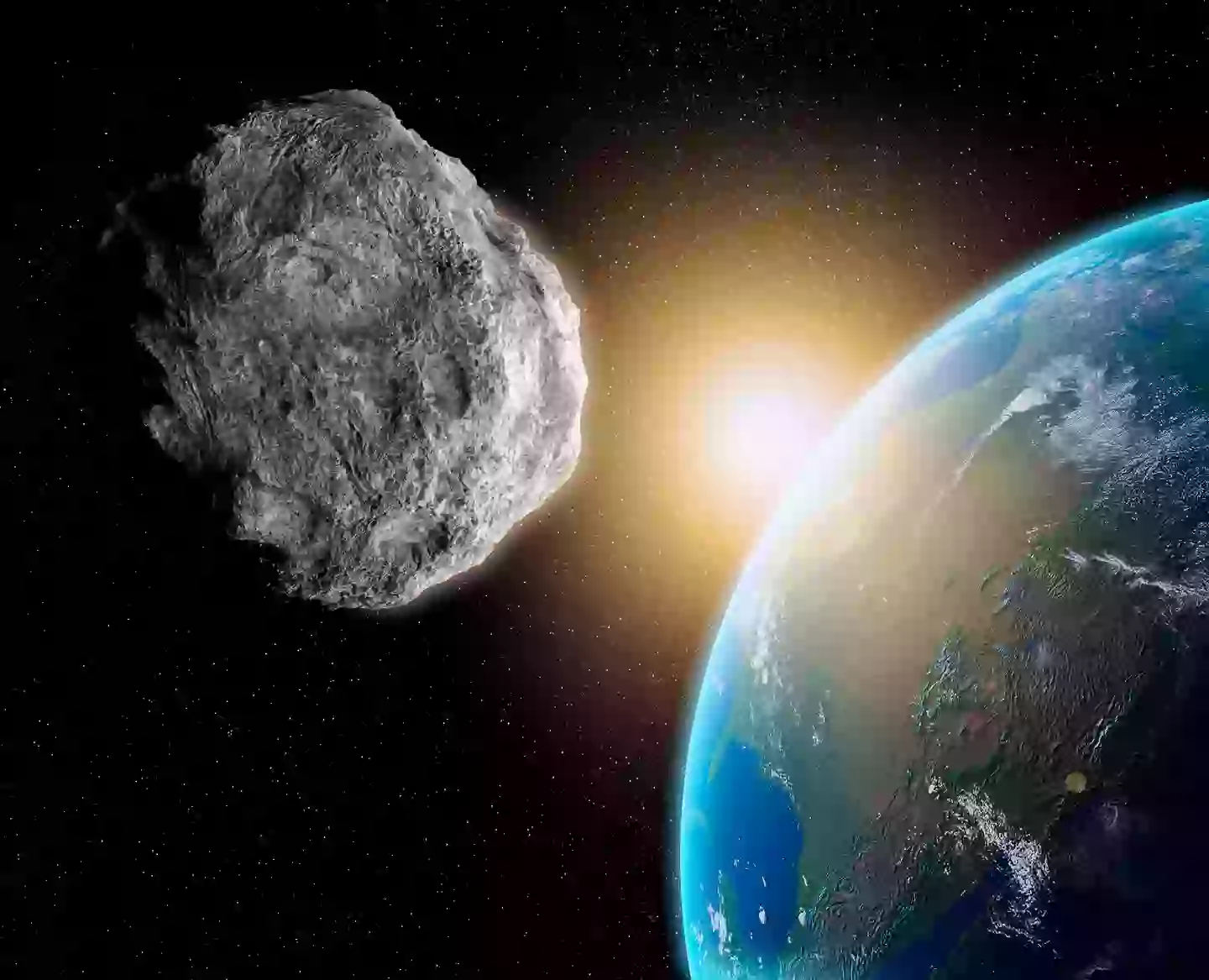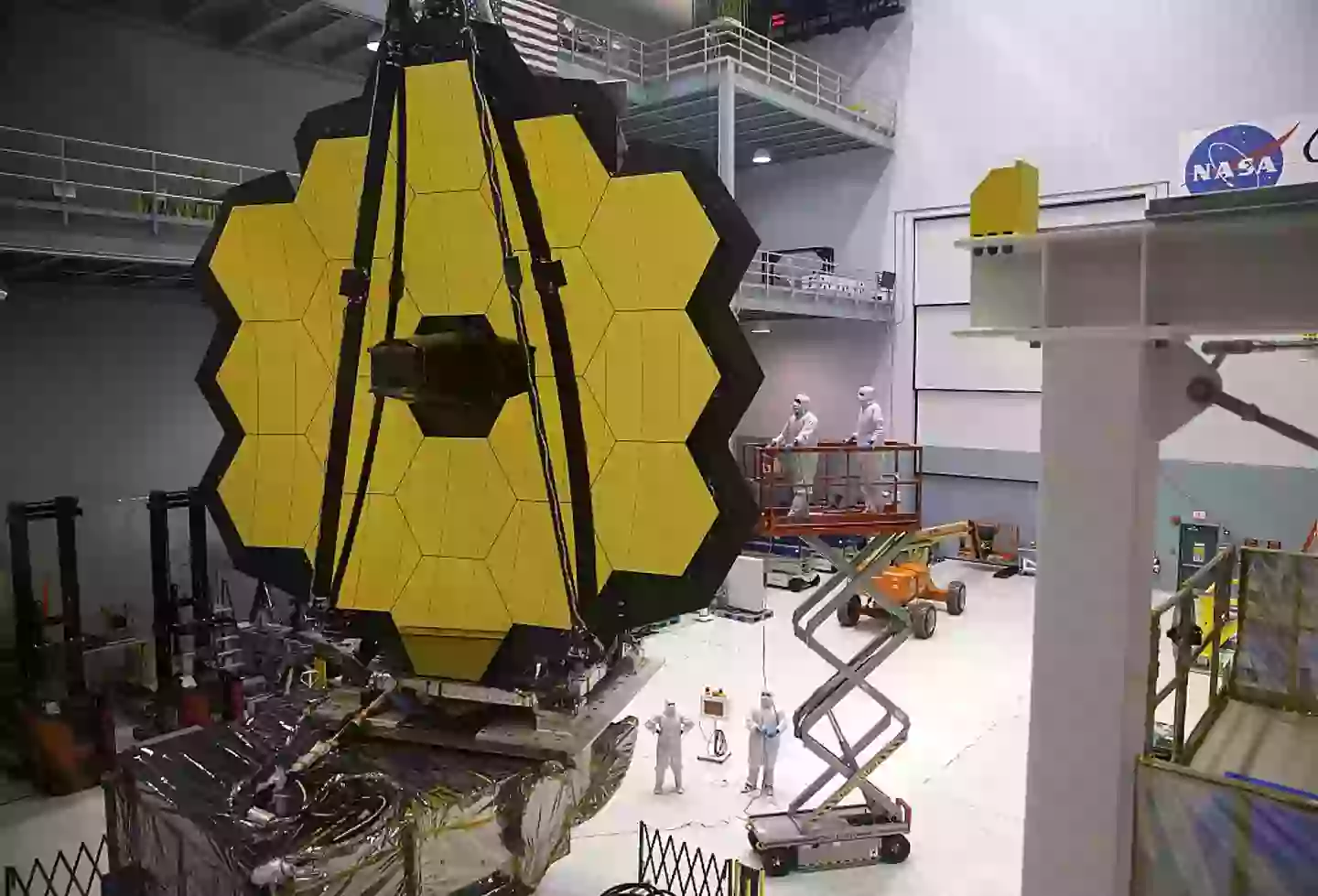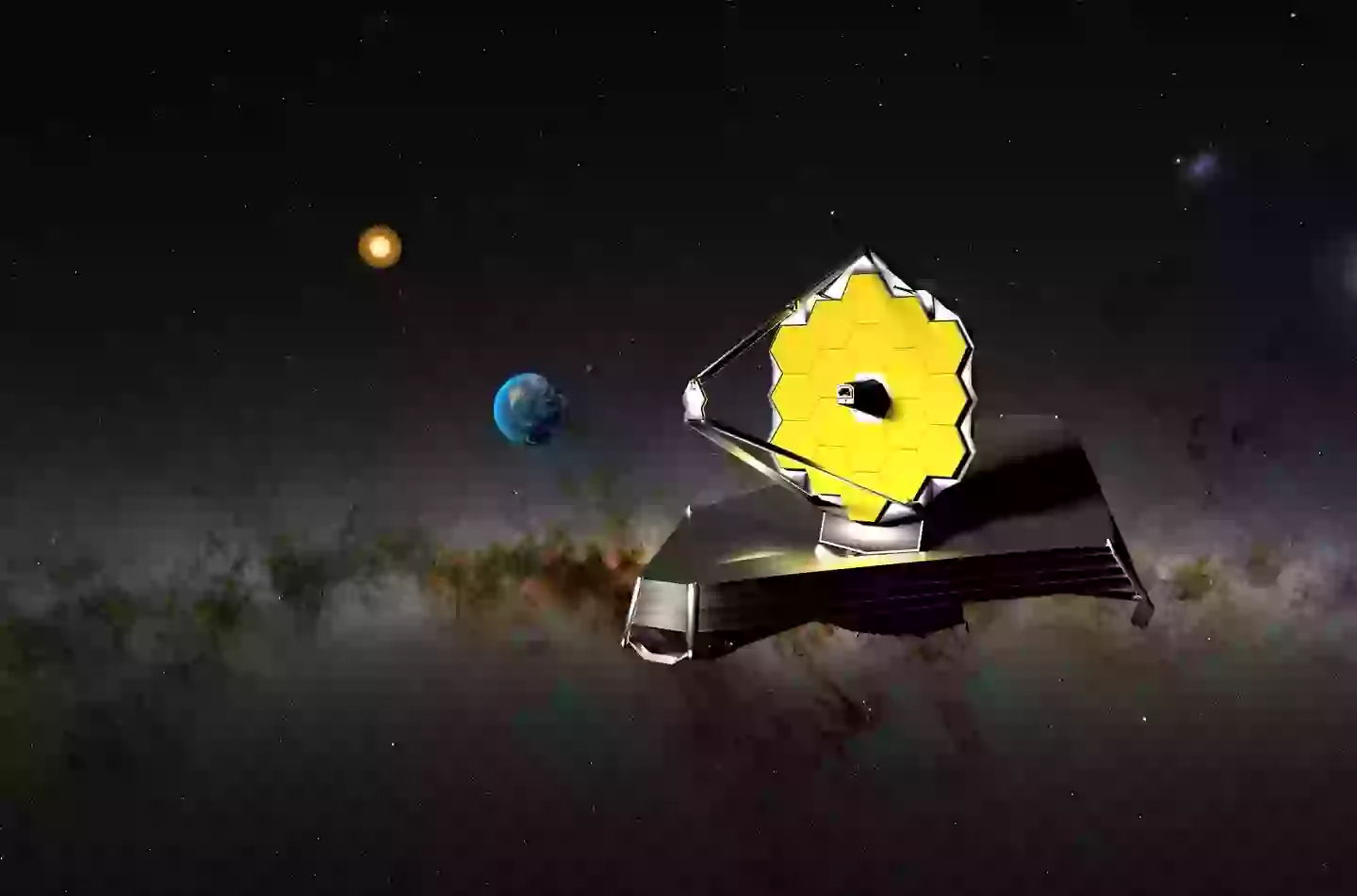
NASA is said to be taking precautions in regards to an asteroid that could make an impact with our planet in 2032.
We've all seen films such as Deep Impact or Armageddon depicting the idea of an apocalyptic asteroid headed towards our planet, but this could soon become a reality.
Minus the apocalyptic part though, thankfully.
Advert
However, Asteroid 2024 YR4 has a 2.3 percent chance of colliding with Earth in seven years' time, and its estimated width of 90m means it is roughly the size of Big Ben.
The celestial body has been closely monitored by NASA since its December 2024 discovery.

The asteroid is heading towards our atmosphere, and it looks like we're relying on the lens of the James Webb Space Telescope (JWST), the most powerful telescope ever created, to better understand its properties and how much damage it could cause.
The European Space Agency explained that while there is just below a 98 percent chance of the asteroid passing by without a fuss, astronomers are trying to understand its orbit and impact risk.
Advert
However, it will be out of view from Earth in a few months and will only become visible again in 2028.
While the effects of it impacting Earth would be on a local scale at most, it's enough of a worry to alert the global planetary defence community.
Currently, the celestial body's estimated impact has been likened to the infamous Tunguska asteroid, which flattened 830 square miles of Siberian forest back in 1908.
However, it's worth noting that the early estimates of its size could be wrong, as experts need a more powerful telescope.
Advert
Enter, the JWST.

Astronomers have been using powerful telescopes around the world to measure the asteroid's orbit, but what's key is its size.
Currently, scientists are limited when it comes to studying the asteroid due to the lack of visible light that is reflected from the Sun, as the brighter the asteroid, the larger it is in size.
The ESA writes: "2024 YR4 could be 40 m across and very reflective, or 90 m across and not very reflective."
Advert
This is a huge gulf in size, but JWST doesn't need light, it instead studies infrared light (heat) emitted from objects, giving us a more accurate estimate of the asteroid's size.
Using the telescope's MIRI instrument, ESA, NASA and other organisations will be able to take action against any possible hazards.
The first observations with JWST will take place in early March this year, as the asteroid will become observable by the telescope and be at its brightest.
This will be followed by more observations in May, with researchers looking to use these observations to study if the temperature of the asteroid changes, making final measurements until it comes back into our view in three years' time.

Advert
A fraction of JWST's observational time is used for something called ‘Director’s Discretionary Time’, which is used for new discoveries or time-critical tasks that can't wait until the next proposal cycle.
Unsurprisingly, a team of astronomers from teams around the world submitted a proposal to use some of this time to study the asteroid, which has been accepted.
The time they have been given? Just four hours.
It's not much but the results will be insightful and published for the public to access.
Experts have already commented on the potential risks of the asteroid's impact, so let's hope those four hours give us everything we need to know.